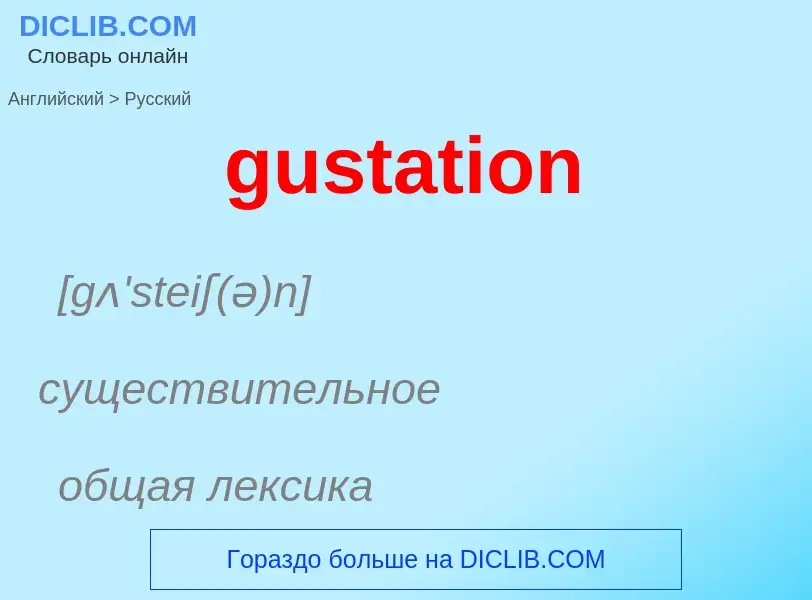Enter a word or phrase in any language 👆
Language:
Translation and analysis of words by ChatGPT artificial intelligence
On this page you can get a detailed analysis of a word or phrase, produced by the best artificial intelligence technology to date:
- how the word is used
- frequency of use
- it is used more often in oral or written speech
- word translation options
- usage examples (several phrases with translation)
- etymology
gustation - translation to russian
gustation
SENSE THAT DETECTS TYPES OF CHEMICALS THAT TOUCH THE TONGUE
Basic taste; Basic tastes; Gustatory; Gustatory system; Sour; Bitter (taste); Sourness; Bitter taste; Yumminess; Saltiness; Primary tastes; Gustation; Tasteful; Sense of taste; Four tastes; Gustatory sense; Gustatory sensation; Tangiest; Sour taste; Tartness; Bitterness (taste); Tart (flavor); Gustaoception; Kokumi; Gustatory systems; Oleogustus; Draft:Oleogustus; Oiliogustus; Oliogustus; Bitter flavor; Primary taste; Taſte; Taste perception; Taste threshold; Salty taste; Salty (taste); Sour (taste); Flavor (taste); Flavour (taste)
[gʌ'steiʃ(ə)n]
существительное
общая лексика
проба на вкус
вкус (ощущение)
gustation
SENSE THAT DETECTS TYPES OF CHEMICALS THAT TOUCH THE TONGUE
Basic taste; Basic tastes; Gustatory; Gustatory system; Sour; Bitter (taste); Sourness; Bitter taste; Yumminess; Saltiness; Primary tastes; Gustation; Tasteful; Sense of taste; Four tastes; Gustatory sense; Gustatory sensation; Tangiest; Sour taste; Tartness; Bitterness (taste); Tart (flavor); Gustaoception; Kokumi; Gustatory systems; Oleogustus; Draft:Oleogustus; Oiliogustus; Oliogustus; Bitter flavor; Primary taste; Taſte; Taste perception; Taste threshold; Salty taste; Salty (taste); Sour (taste); Flavor (taste); Flavour (taste)
gustation noun проба на вкус
sense of taste
SENSE THAT DETECTS TYPES OF CHEMICALS THAT TOUCH THE TONGUE
Basic taste; Basic tastes; Gustatory; Gustatory system; Sour; Bitter (taste); Sourness; Bitter taste; Yumminess; Saltiness; Primary tastes; Gustation; Tasteful; Sense of taste; Four tastes; Gustatory sense; Gustatory sensation; Tangiest; Sour taste; Tartness; Bitterness (taste); Tart (flavor); Gustaoception; Kokumi; Gustatory systems; Oleogustus; Draft:Oleogustus; Oiliogustus; Oliogustus; Bitter flavor; Primary taste; Taſte; Taste perception; Taste threshold; Salty taste; Salty (taste); Sour (taste); Flavor (taste); Flavour (taste)
общая лексика
вкус
Definition
gustation
¦ noun formal the action or faculty of tasting.
Derivatives
gustative adjective
gustatory g?'ste?t(?)ri, 'g?st?t(?)ri adjective
Origin
C16: from L. gustatio(n-), from gustare 'to taste', from gustus 'taste'.



